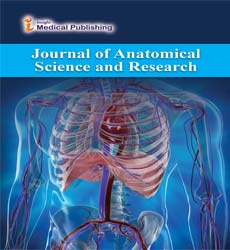Airway Foreign Body Removal, in Childhood, with the Rigid Bronchoscope
Abstract
Aspiration of a foreign body is a common problem in the pediatric population. Especially, infant and young children are injured more frequent by a foreign body in the airway. A delay in the diagnosis of an aspirated foreign body can increase morbidity and mortality, ranging from life-threatening airway obstruction to recurrent infection and wheezing or coughing. Early diagnosis and treatment is important if the clinical history suggests foreign body aspiration, even if physical and radiologic findings are negative. Rigid bronchoscopy was formerly the preferred treatment method for the removal of a foreign body in the airway. However, foreign body extraction using rigid bronchoscopy can be difficult, especially with peanuts, because they are likely to fragment and cause tissue reaction with formation of granulation tissue. Wood and Gauderer reported 7% negative rates of rigid bronchoscopy in case of initial evaluation and 5% in the total number of rigid bronchoscopies. In another study, negative rigid bronchoscopy rates were 16% (initial rigid bronchopy) and 9% (total number rigid bronchoscopies). Flexible bronchoscopy has replaced rigid bronchoscopy as the diagnostic and therapeutic tool for cases with airway foreign body. Flexible bronchoscopy causes less trauma and is very helpful for identifying and localizing foreign bodies because it can reach more distal bronchial regions.
Open Access Journals
- Aquaculture & Veterinary Science
- Chemistry & Chemical Sciences
- Clinical Sciences
- Engineering
- General Science
- Genetics & Molecular Biology
- Health Care & Nursing
- Immunology & Microbiology
- Materials Science
- Mathematics & Physics
- Medical Sciences
- Neurology & Psychiatry
- Oncology & Cancer Science
- Pharmaceutical Sciences
